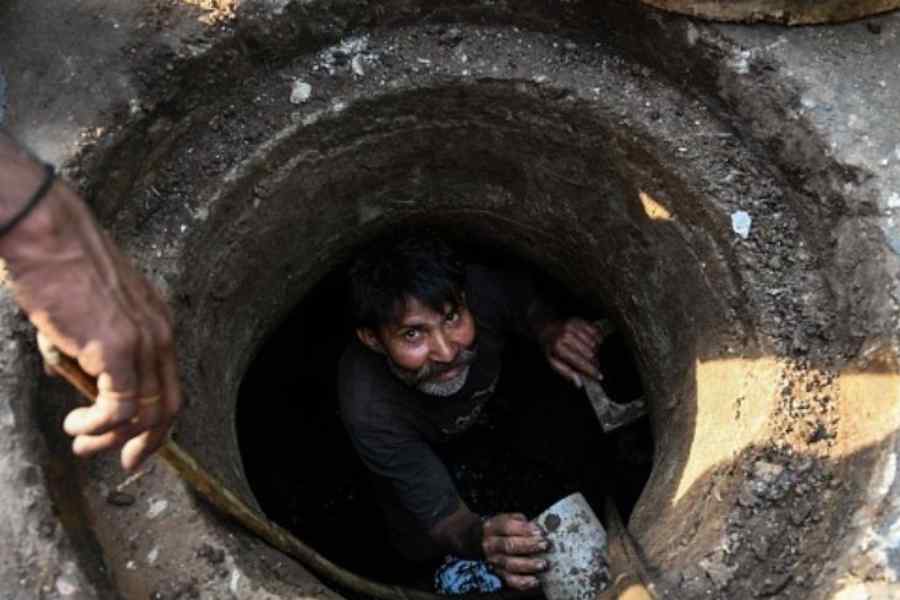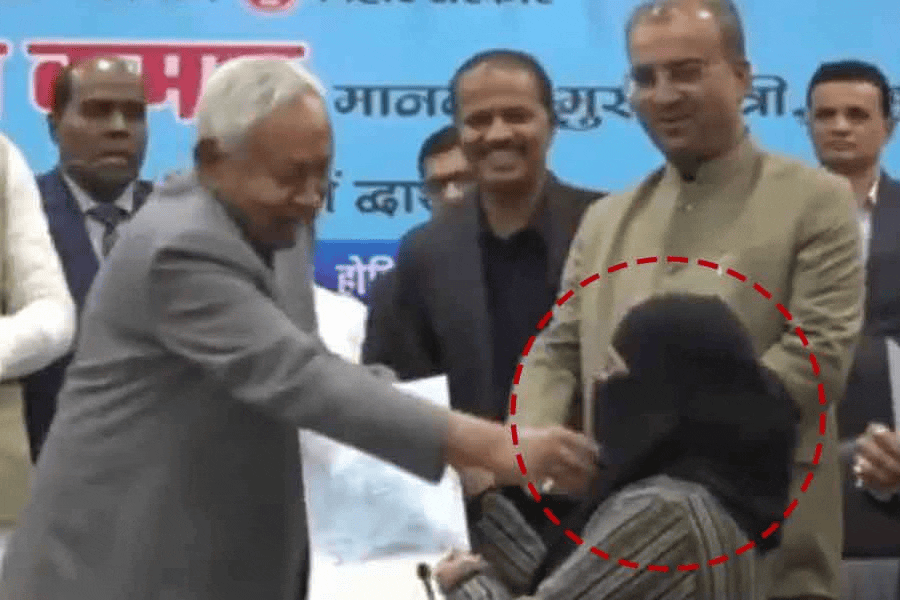Some people are as invisible in life as they are in death. In the six months between the presentations of the interim and the Union budgets, 43 sanitation workers lost their lives while cleaning sewers and septic tanks. These deaths took place in spite of the fact that manual scavenging has been banned since 1993 and several policy measures have subsequently been put in place to prevent it. There are reasons why the law comes up short. Last year, a study revealed that despite recognising the dehumanising nature of their occupation and understanding how their caste status further coerces them into such jobs, manual scavengers continue to undertake such hazardous work due to the absence of other means of livelihood or supplementary income. At times, even the legal system does not seem to accord importance and empathy to the lives and the challenges of manual scavengers. In December last year, the Karnataka High Court quashed a case lodged under the Prohibition of Employment as Manual Scavengers and their Rehabilitation Act, 2013 on the ground that the complaint should have been filed to the magistrate and not the police even though the guilt of the accused had been established. Policy has also fallen short of recognising those in the constituency with a double invisibility: among manual scavengers, women are more disadvantaged than men. While estimates by several non-profit organisations suggest that more than 75% of manual scavengers are women, the government has no data on them. The elephant in the room is, of course, entrenched caste identities that ensure that marginalised communities cannot break free of generational cycles of dehumanising, inherited labour.
The National Action for Mechanised Sanitation Ecosystem, which subsumed an earlier scheme for the rehabilitation of manual scavengers, has received an allocation of Rs 117 crore in the budget. This is nowhere near enough to curb this menace because while investment in mechanisation is important, it will be useless without the provision of alternative livelihood options for safai karamcharis. Interventions, thus, need to be holistic and operate on multiple fronts. For instance, incentives for educating the families of manual scavengers must be accompanied by endeavours to plug legal loopholes and open up avenues of sustenance. State and society must actively work together to address questions about the safety, dignity and rehabilitation of manual scavengers.











